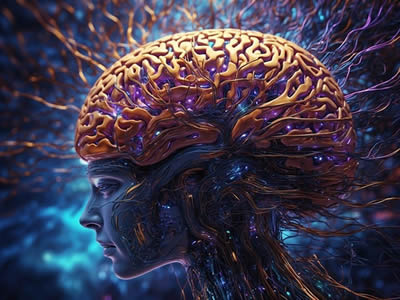 The Importance of Mental Health in the Workplace
The Importance of Mental Health in the Workplace
Mental health in the workplace is a critical aspect that significantly impacts both individual well-being and organizational success. As workplaces become increasingly demanding, ensuring the mental health of employees has emerged as a priority for forward-thinking organizations. This essay explores why mental health is vital in the workplace, the consequences of neglecting it, and strategies for promoting a mentally healthy work environment.
Mental health encompasses emotional, psychological, and social well-being, influencing how individuals think, feel, and act. In the workplace, good mental health fosters a positive environment, enhancing productivity, creativity, and overall job satisfaction. Employees who feel mentally well are more engaged, motivated, and capable of handling stress and challenges effectively.
Conversely, poor mental health can lead to a range of issues, including decreased productivity, higher absenteeism, and increased employee turnover. Stress, anxiety, and depression are common mental health issues that can be exacerbated by workplace pressures. According to the World Health Organization (WHO), depression and anxiety disorders cost the global economy an estimated $1 trillion per year in lost productivity. These figures underscore the significant economic impact of mental health problems on businesses.
Consequences of Neglecting Mental Health
Ignoring mental health in the workplace can have dire consequences for both employees and employers. For employees, prolonged mental health issues can lead to severe emotional distress, burnout, and physical health problems. This not only affects their professional performance but also their personal lives.
For employers, the cost of neglecting mental health is substantial. High absenteeism, frequent sick leaves, and reduced employee engagement lead to lower productivity and profitability. Additionally, a workplace culture that disregards mental health can damage an organization’s reputation, making it difficult to attract and retain top talent.
Strategies for Promoting Mental Health
in the Workplace
This involves creating a supportive and inclusive environment where employees feel valued and understood. Here are some effective strategies:
Encouraging Open Communication: Cultivating an open and stigma-free environment where employees can discuss mental health issues without fear of judgment or repercussions is crucial. This can be achieved through regular check-ins, mental health awareness campaigns, and providing platforms for anonymous feedback.
Providing Access to Mental Health Resources: Offering resources such as Employee Assistance Programs (EAPs), counseling services, and mental health workshops can provide employees with the support they need. Ensuring these resources are easily accessible encourages employees to seek help when needed.
Promoting Work-Life Balance: Encouraging a healthy work-life balance through flexible working hours, remote work options, and promoting the importance of taking breaks can significantly reduce stress and prevent burnout.
Training Managers and Leaders: Educating managers and leaders on the importance of mental health and how to recognize signs of distress in employees is essential. Trained leaders can provide the necessary support and create a more empathetic and understanding workplace culture.
Implementing Stress Reduction Programs: Programs such as mindfulness training, yoga sessions, and stress management workshops can help employees manage stress and maintain mental well-being.
The importance of mental health in the workplace cannot be overstated. A mentally healthy workforce is more productive, engaged, and resilient, which ultimately benefits both employees and employers. By prioritizing mental health through open communication, providing resources, promoting work-life balance, training leaders, and implementing stress reduction programs, organizations can create a supportive environment that fosters well-being and success. Investing in mental health is not only a moral imperative but also a strategic advantage in today’s competitive business landscape.
Aligning Workplace Culture with Employee Mental Health: 6 Steps to Success (shrm.org)

 The Importance of Mental Health in the Workplace
The Importance of Mental Health in the Workplace

 Exploring the Role of Creativity in Mental Health
Exploring the Role of Creativity in Mental Health

 Nurturing the Soul
Nurturing the Soul

